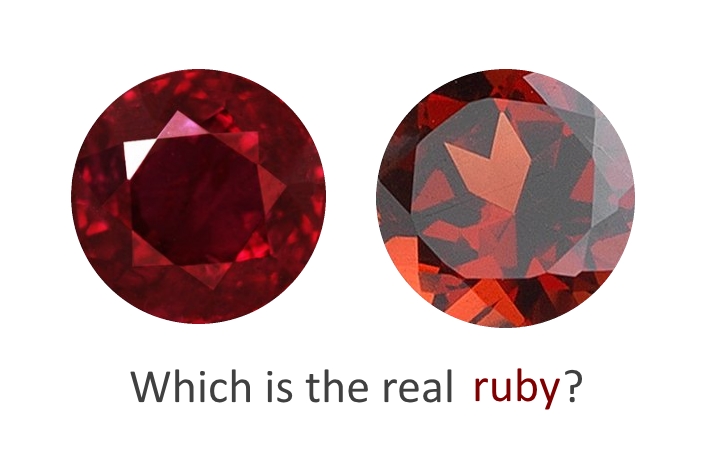The Structure of Natural Opal
Natural opal is a variety of silica. This stone usually contains between 5% and 10% water and is relatively soft – its hardness rating is 5.5-6.0 on the Mohs scale. Opal can be colorless or colored; its colors can range from white, yellow, orange, and red to green, blue, brown, and black.

What Is a Fake Opal?
When referring to a stone as a fake, it is usually implied that it is made entirely of some material that is chemically different from the real thing.
Opals, however, are often not entirely made up of an imitation material. It is more often the case that the “fake” opal consists of some real opal augmented with other, non-opal materials.
Sometimes, stones sold as opals are actually synthetic substitutes.
Let’s take a look at the two main types of opal imitations:
Synthetic Opals
Usually, synthetic gemstones are not considered fake because they have the same chemical structure as their natural analogues.
Synthetic opals, however, can be thought of as imitations as they contain additional materials (such as different types of plastic) that are not present in natural opals.
Opal Doublets and Triplets
Doublets and triplets are simply opals that have a non-opal material attached to them.
Doublets consist of a real opal and a layer of another material affixed to the back of the stone; triplets have an additional third layer on the top.
Real opals, in contrast, are solid throughout and do not have any artificial additions.
Identifying Synthetic Opals
One characteristic that distinguishes synthetic opals is that they are much more porous than natural ones.
Synthetic opals also have lower density compared with real opals, and for this reason, synthetics tend to be lighter.
When looked at under magnification, synthetic opals have a regular color pattern, whereas natural stones do not exhibit such regularity in their tone.
Another indication that an opal is synthetic is that it does not fluoresce when lit with UV light.
Identifying Opal Doublets and Triplets
Doublets and triplets usually look darker and more opaque than real opal as they have a non-opal layer attached to the back. Solid natural opals, in contrast, are transparent or white.
From a side view, a real opal should look solid. Doublets and triplets, however, will look layered.
Doublets have only two layers: the real opal and the non-opal layer attached to it. You should be able to see a thin, regular line where the two layers are joined together.
Natural opals that are attached to another stone also have a demarcation line, but it looks uneven, not flat.
Triplets have a third, clear layer in addition to the second non-opal layer doublets have; in essence, triplets consist of a real opal sandwiched between a darker back and a clear top layer.
The backing of a triplet will most likely look dark and somewhat smooth, like glass or plastic.
The other side of the triplet will be covered by a transparent layer made of quartz or plastic. If you look at the stone from the side, you should be able to detect this glassy cover and see through it.














